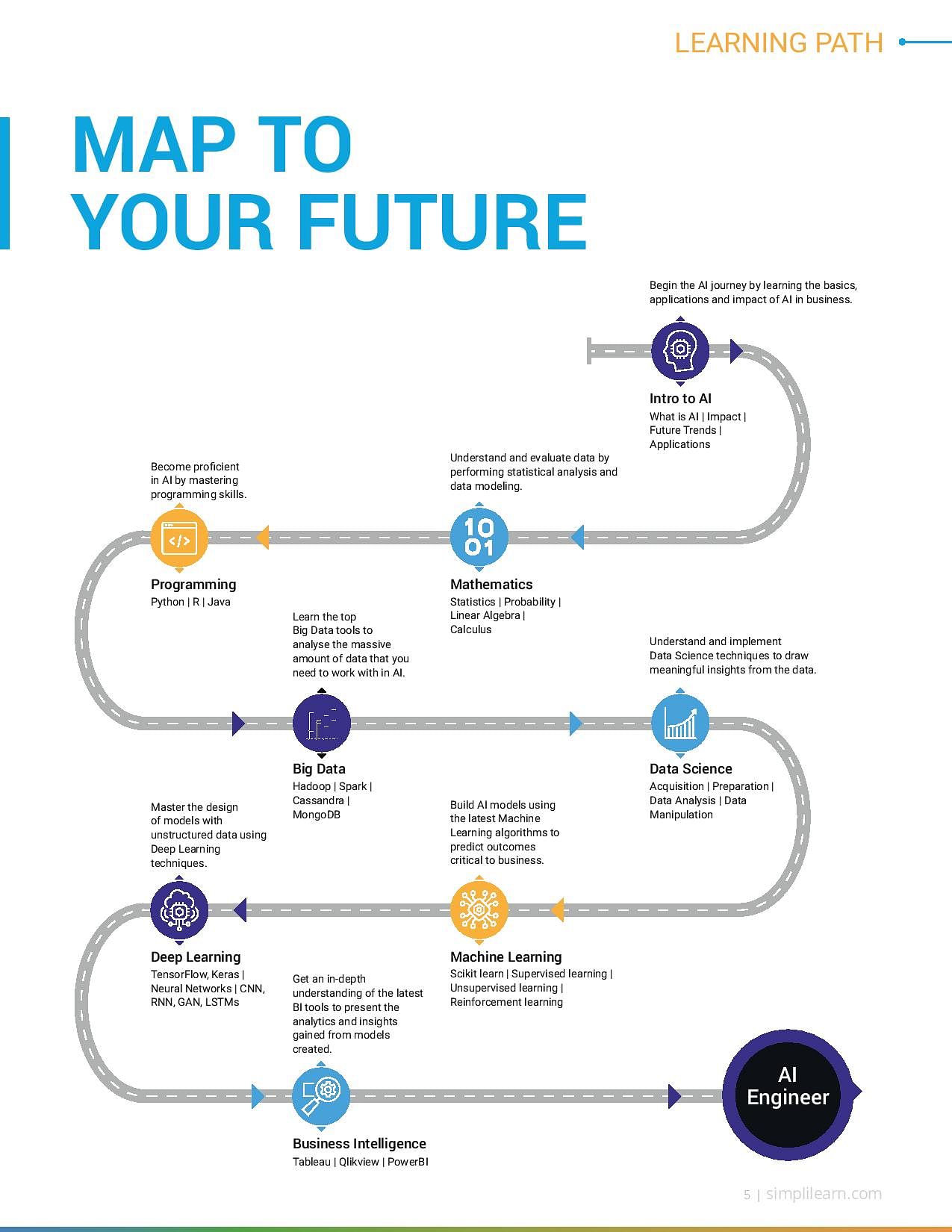
Machine learning mathematics has many foundational skills, such as linear algebra. These math tools can be used to train neural networks and improve their accuracy to learn new tasks. This math isn’t only for computer scientists. Machine learning can be used by everyone. Learn more about machine learning in this article. This article will teach you how to use machine learning to improve your business processes.
Calculus to optimize
This online calculus course will provide the necessary background for students who want to pursue a career data science. The course starts with an overview of functional mappings. Students must have had some experience with limit and differential calculus. Next, it builds upon that foundation by exploring the concepts of differentiation and limits. The final programming project, which examines the use an optimisation routine for machine learning, also draws on calculus principles. Bonus reading materials, interactive plots and other resources are included in this course.

Probability
Although not all people have the technical expertise to use probabilities, they are an essential part Machine Learning. Probability is what underpins the Naive Bayes Algorithm. It assumes independent input features. Probability is an important topic in nearly all business applications. This allows scientists to use data to determine future outcomes. Many Data Scientists have difficulties understanding the meanings of the Alpha value and the pvalue.
Linear algebra
If you're interested in Machine Learning, you should familiarize yourself with Linear Algebra. There are many mathematical objects and properties of this math, such as scalars, inverse matrices, and transpose matrices. This math will help you make better decisions when creating algorithms. Learn more about Linear Algebra in Mathematics for Machine Learning by Marc Peter Deisenroth.
Hypothesis testing
Hypothesis Testing is a powerful mathematical tool which helps to quantify the uncertainty associated with an observed metric. Machine-learners as well as statisticians use metrics in order to determine accuracy. When building predictive models, they assume that certain models will produce the desired outcome. Hypothesis testing checks whether the observed "metric", or the hypotheses, matches those in the training. If it finds strong evidence that flower petals are equal in height, for example, a model predicting flower petals' height will reject their null hypothesis.

Gradient descent
Gradient descent is an important concept in machine-learning math. This algorithm uses a recursive process to predict features, taking into account the x values of the input data. It also requires an initial training period, or epoch, and a learning rate. The algorithm's learning rate is an important parameter. A model that has a high learning speed will not reach the minimum convergence rate. The learning rate is a key parameter in gradient descent. It can be either high or low and will determine the convergence cost and speed.
FAQ
What are the benefits to AI?
Artificial Intelligence (AI) is a new technology that could revolutionize our lives. It has already revolutionized industries such as finance and healthcare. It's also predicted to have profound impact on education and government services by 2020.
AI has already been used to solve problems in medicine, transport, energy, security and manufacturing. The possibilities of AI are limitless as new applications become available.
What makes it unique? It learns. Computers can learn, and they don't need any training. Instead of being taught, they just observe patterns in the world then apply them when required.
This ability to learn quickly is what sets AI apart from other software. Computers can process millions of pages of text per second. They can quickly translate languages and recognize faces.
Artificial intelligence doesn't need to be manipulated by humans, so it can do tasks much faster than human beings. It can even perform better than us in some situations.
A chatbot named Eugene Goostman was created by researchers in 2017. This bot tricked numerous people into thinking that it was Vladimir Putin.
This shows how AI can be persuasive. Another benefit of AI is its ability to adapt. It can be easily trained to perform new tasks efficiently and effectively.
This means businesses don't need large investments in expensive IT infrastructures or to hire large numbers.
What is the future of AI?
The future of artificial intelligent (AI), however, is not in creating machines that are smarter then us, but in creating systems which learn from experience and improve over time.
This means that machines need to learn how to learn.
This would allow for the development of algorithms that can teach one another by example.
It is also possible to create our own learning algorithms.
You must ensure they can adapt to any situation.
What is the status of the AI industry?
The AI market is growing at an unparalleled rate. Over 50 billion devices will be connected to the internet by 2020, according to estimates. This means that all of us will have access to AI technology via our smartphones, tablets, laptops, and laptops.
This shift will require businesses to be adaptable in order to remain competitive. They risk losing customers to businesses that adapt.
You need to ask yourself, what business model would you use in order to capitalize on these opportunities? What if people uploaded their data to a platform and were able to connect with other users? Perhaps you could also offer services such a voice recognition or image recognition.
Whatever you decide to do, make sure that you think carefully about how you could position yourself against your competitors. Even though you might not win every time, you can still win big if all you do is play your cards well and keep innovating.
Statistics
- While all of it is still what seems like a far way off, the future of this technology presents a Catch-22, able to solve the world's problems and likely to power all the A.I. systems on earth, but also incredibly dangerous in the wrong hands. (forbes.com)
- The company's AI team trained an image recognition model to 85 percent accuracy using billions of public Instagram photos tagged with hashtags. (builtin.com)
- Additionally, keeping in mind the current crisis, the AI is designed in a manner where it reduces the carbon footprint by 20-40%. (analyticsinsight.net)
- In the first half of 2017, the company discovered and banned 300,000 terrorist-linked accounts, 95 percent of which were found by non-human, artificially intelligent machines. (builtin.com)
- In 2019, AI adoption among large companies increased by 47% compared to 2018, according to the latest Artificial IntelligenceIndex report. (marsner.com)
External Links
How To
How to set up Cortana Daily Briefing
Cortana is Windows 10's digital assistant. It's designed to quickly help users find the answers they need, keep them informed and get work done on their devices.
The goal of setting up a daily briefing is to make your personal life easier by providing you with useful information at any given moment. You can expect news, weather, stock prices, stock quotes, traffic reports, reminders, among other information. You have control over the frequency and type of information that you receive.
To access Cortana, press Win + I and select "Cortana." Click on "Settings" and select "Daily Briefings". Scroll down until you can see the option of enabling or disabling the daily briefing feature.
If you have the daily briefing feature enabled, here's how it can be customized:
1. Open Cortana.
2. Scroll down to "My Day" section.
3. Click the arrow near "Customize My Day."
4. You can choose which type of information that you wish to receive every day.
5. Modify the frequency at which updates are made.
6. You can add or remove items from your list.
7. You can save the changes.
8. Close the app